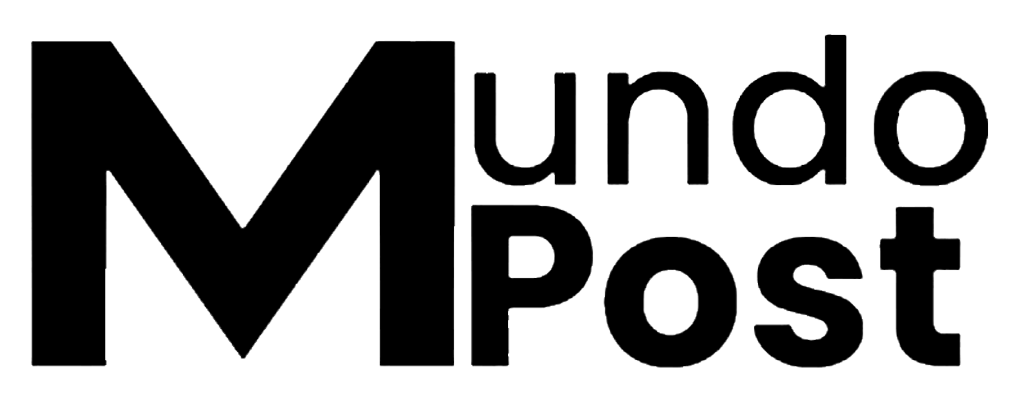Ludrick Cooper, an eighth-grade teacher in South Carolina, once resisted artificial intelligence in his classroom. Eventually, he shifted his perspective.
“This is the new encyclopedia,” Cooper said, recalling his childhood fascination with reference books.
He now joins a growing number of teachers using AI in their lessons. The movement highlights how fast schools adopt the technology, even while debates about risks continue.
A Walton Family Foundation and Gallup survey showed six in ten teachers used AI tools during the 2024-2025 school year.
On Tuesday, First Lady Melania Trump launched the Presidential AI Challenge. The initiative encourages students from kindergarten through twelfth grade to use AI to tackle community issues.
OpenAI rolled out a “study mode” for ChatGPT and partnered with Instructure, whose platform supports millions of students. Together with Microsoft and Anthropic, the company also committed $23 million alongside teachers’ unions to train 400,000 educators.
AI can make lessons more engaging and provide quicker access to knowledge. Still, experts warn about risks such as cheating, inequality and potential mental health concerns.
Sarah Howorth, associate professor at the University of Maine, compared AI to fire. She said people admire its potential yet fear its dangers.
AI in the classroom
Instructure, the company behind Canvas, works with OpenAI on the “LLM-Enabled Assignment.” The tool lets teachers design interactive lessons while tracking student progress.
LLM stands for “large language model,” the technology powering ChatGPT. Teachers can ask AI to take on roles that enrich lessons. A history teacher, for example, could prompt it to act as a president or political leader.
Melissa Loble, Instructure’s chief academic officer, said the partnership reflects a demand for new and engaging ways of learning.
Kayla Jefferson, a social studies teacher in New York City, uses AI to strengthen global literacy, boost collaboration and increase student interest.
In one assignment, students summarize and reflect on news articles using the AI-powered Padlet bulletin board. They then read and respond to each other’s work.
AI also supports accessibility, Howorth explained. Features like talk-to-text and text-to-speech aid learners with vision problems or dyslexia.
But Matthew Rascoff, vice provost for digital education at Stanford, stressed that AI must evolve to support group learning. He said collaboration builds skills children need beyond school.
“Great classrooms create a sense of mutual responsibility for everybody’s learning,” Rascoff noted.
AI brings certain risks
The integration of AI in schools also poses major challenges.
The New York City Department of Education first banned ChatGPT on school devices due to cheating concerns. The ban was later lifted, with officials admitting schools were caught off guard.
Instructure said its LLM-Assignment keeps students accountable by guiding them through authentic learning experiences.
But cheating is not the only worry. The effects of AI on children’s mental health remain unclear.
One mother accused startup Character.AI of influencing her 14-year-old son’s suicide. Families, including hers, have since filed lawsuits.
An Instructure spokesperson stressed that Canvas uses AI within controlled environments, with safeguards to keep lessons on track.
Still, gaps remain. Talk-to-text tools often struggle with stutters or heavy accents, Howorth observed.
Robin Lake, director of Arizona State University’s Center on Reinventing Public Education, warned about inequities. Poorer districts may fall behind wealthier ones in adopting AI technology.
A nationwide survey by the center showed significant gaps in teacher training. High-poverty districts reported far fewer programs than wealthier counterparts.
“We must ensure disadvantaged schools benefit equally from AI,” Lake said. “At present, privileged students gain more tools, more opportunities and stronger teaching.”
Some rural and urban districts also said urgent needs make planning for new technologies difficult.
Not all teachers convinced
Not every teacher supports AI in the classroom.
Lauren Monaco, a veteran New York City pre-K and kindergarten teacher, called AI a crutch. She argued that teaching demands human judgment and analysis that machines cannot match.
“Teaching is not just transactional input and output,” Monaco said. “Our profession has been under attack. I keep asking: Who benefits from this?”
Lake at Arizona State University added another consideration. She said educators must prepare students for the workforce shaped by AI.
“What will students need to thrive in an AI-driven economy?” she asked. “Schools must begin preparing them today.”


